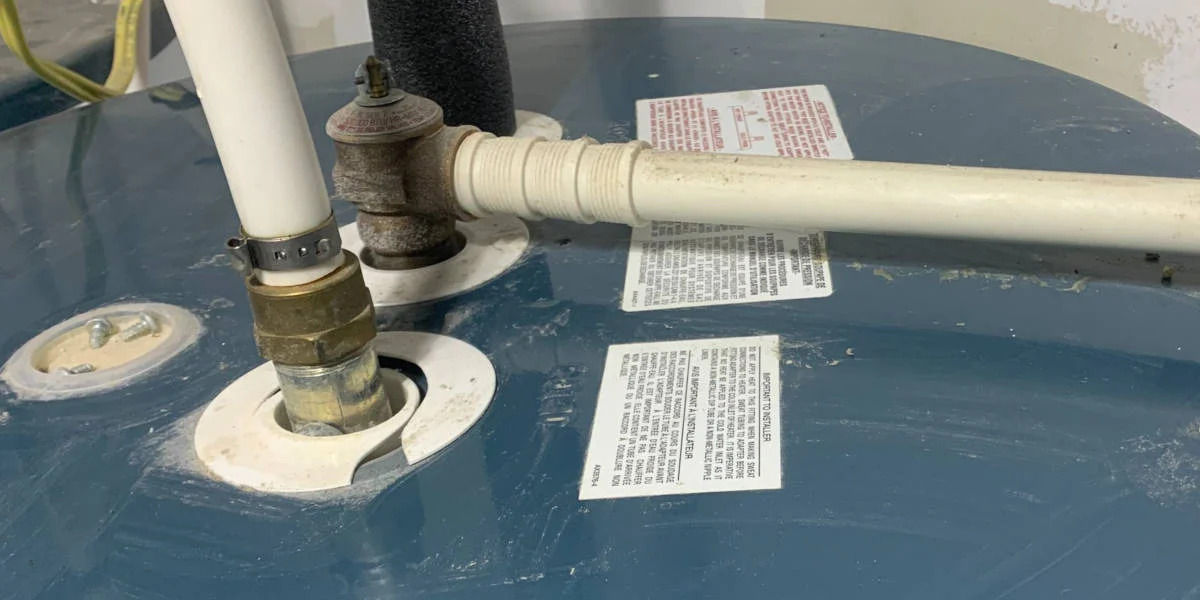

Articles
Why Is My Water Heater Leaking From The Top
Modified: October 18, 2024
Read our informative articles on why your water heater may be leaking from the top and learn how to fix the issue.
(Many of the links in this article redirect to a specific reviewed product. Your purchase of these products through affiliate links helps to generate commission for Storables.com, at no extra cost. Learn more)
Introduction
A water heater is an essential appliance that provides hot water for various household tasks, such as showering, washing dishes, and doing laundry. When your water heater starts leaking, it can be worrisome and inconvenient. One common issue that homeowners may face is water heater leaks from the top.
Water heater leaks from the top can be caused by several factors, ranging from minor issues to more serious problems. Understanding the common causes of these leaks and knowing how to address them can help you prevent further damage and potentially save you from costly repairs.
In this article, we will explore the common causes of water heater leaks from the top and discuss possible solutions. We will also provide some DIY troubleshooting tips to help you identify and resolve minor issues on your own. However, it is important to note that for more complex problems, it is always recommended to seek the assistance of a professional plumber.
So, if you’ve noticed a water heater leak from the top, let’s dive in and learn more about what could be causing it and how to fix it!
Key Takeaways:
- Identifying and addressing common causes of water heater leaks from the top, such as faulty valves, corroded connections, and condensation, can prevent further damage and costly repairs.
- While DIY troubleshooting tips can help with minor leaks, it’s crucial to seek professional help for severe leaks, cracked tanks, or complex repairs to ensure safety and proper resolution.
Common Causes of Water Heater Leaks from the Top
Water heater leaks from the top can have various causes. Understanding these causes can help you pinpoint the issue and take appropriate action. Here are some common culprits:
- Pressure Relief Valve: The pressure relief valve is designed to release excess pressure that builds up inside the water heater. If the valve is faulty or malfunctioning, it can cause water to leak from the top of the unit. This is a safety feature and indicates that the valve needs to be replaced.
- Temperature and Pressure (T&P) Valve: Similar to the pressure relief valve, the T&P valve is responsible for regulating temperature and pressure inside the water heater. If this valve is damaged or worn out, it can result in water leaks from the top. Replacing the valve is usually the solution in this case.
- Corroded or Loose Connections: Over time, the connections between the water heater and the water supply lines may become corroded or loose. This can cause leaks to occur from the top of the unit. Inspecting and tightening or replacing any corroded or loose connections should resolve the issue.
- Condensation: In certain situations, water heater leaks from the top can be attributed to condensation. As the water heater heats up, it can create condensation on the top of the unit. While this is generally harmless, excessive or continuous condensation can lead to leaks. Proper insulation or ventilation can help prevent condensation-related leaks.
- Cracked Tank: A cracked tank is a more serious issue that can cause water to leak from the top of the water heater. Cracks can occur due to age, wear and tear, or excessive pressure. Unfortunately, a cracked tank typically requires a complete replacement of the water heater.
It is important to note that these are just some of the common causes of water heater leaks from the top. In some cases, multiple factors may contribute to the issue. Proper identification of the cause is crucial for implementing the appropriate solution.
Now that we’ve covered the common causes, let’s explore some possible solutions for water heater leaks from the top in the next section.
Possible Solutions for Water Heater Leaks from the Top
When facing a water heater leak from the top, it’s important to assess the cause of the leak before implementing any solutions. Here are some possible remedies for common causes of water heater leaks from the top:
- Replace the Pressure Relief Valve: If the pressure relief valve is faulty or malfunctioning, it should be replaced. To do so, turn off the power supply to the water heater, close the cold water supply valve, drain the tank partially, and then remove the old valve. Install a new pressure relief valve and securely tighten it. Finally, open the cold water supply valve and check for any remaining leaks.
- Replace the Temperature and Pressure (T&P) Valve: If the T&P valve is damaged or worn out, it needs to be replaced. Follow the same steps mentioned above for replacing the pressure relief valve.
- Tighten or Replace Corroded or Loose Connections: Inspect all connections between the water heater and the water supply lines. If you notice any corrosion or loose fittings, tighten them or replace them if necessary. Use wrenches or pliers to securely tighten the connections without causing damage. Be careful not to overtighten, as this can lead to further leaks.
- Address Condensation Issues: If the leak is caused by condensation, consider insulating the water heater or improving ventilation in the area. Insulation can be applied to the top of the unit to prevent condensation buildup. Additionally, ensuring proper airflow around the water heater can help reduce condensation-related leaks.
- Replace a Cracked Tank: Unfortunately, if the water heater has a cracked tank, the best solution is to replace the entire unit. Cracks in the tank are not repairable and can lead to significant water damage if not addressed promptly. Contact a professional plumber to help with the replacement process.
Remember, these solutions are general guidelines, and it’s important to follow manufacturer instructions specific to your water heater model. If you’re unsure or uncomfortable performing any of these tasks, it’s always recommended to seek the assistance of a professional plumber.
Now that we’ve discussed possible solutions for water heater leaks from the top, let’s explore some DIY troubleshooting tips in the next section.
Check the temperature and pressure relief valve. If it’s leaking from the top, it could be a sign that the valve is faulty or needs to be replaced. This valve is designed to release water if the pressure or temperature inside the tank gets too high.
DIY Troubleshooting Tips for Water Heater Leaks from the Top
If you’re experiencing a water heater leak from the top, there are a few DIY troubleshooting tips you can try before calling a professional plumber. These tips can help you identify potential issues and potentially resolve minor leaks. Here are some steps to follow:
- Turn Off the Power Supply: Before inspecting or performing any troubleshooting, ensure that the power supply to the water heater is turned off. This will prevent any potential accidents or injuries.
- Check the Temperature and Pressure (T&P) Valve: The T&P valve is a common source of leaks. Check if water is dripping or flowing from the valve. If so, it may need to be replaced. However, before replacing the valve, try lifting the lever and allowing some water to flow through. This can help flush out any debris that may be causing the valve to malfunction. If the leak persists, proceed with replacing the valve.
- Inspect the Pressure Relief Valve: Similar to the T&P valve, the pressure relief valve can also be a culprit for leaks. Check if water is leaking from the valve. If so, it may need to be replaced, as it indicates a faulty valve.
- Examine the Connections: Inspect all the connections between the water heater and the water supply lines. Look for any signs of corrosion, loose fittings, or leaks. If you find a loose connection, use wrenches or pliers to securely tighten it. For corroded connections, consider replacing them entirely.
- Check for Tank Damage: Inspect the top of the water heater’s tank for any visible cracks or damage. If you notice a cracked tank, it cannot be repaired and will require a complete replacement.
- Check the Drain Valve: Examine the drain valve located at the bottom of the water heater. Ensure that it is tightly closed and not leaking. If you notice any leaks, try tightening the valve manually. If the leak persists, consider replacing the drain valve.
- Consider Flushing the Tank: Sediment buildup inside the tank can cause leaks. Consider flushing the tank to remove any accumulated sediment. Follow the manufacturer’s instructions for flushing the tank properly.
Keep in mind that these troubleshooting tips are meant for minor issues and may not solve more complex problems. If you’re still experiencing leaks or are unsure about performing these tasks, it’s best to contact a professional plumber for assistance.
Now that we’ve covered some DIY troubleshooting tips, let’s discuss when it’s necessary to call a professional plumber in the next section.
When to Call a Professional Plumber
While DIY troubleshooting tips can be helpful in many cases, there are instances when it’s best to call a professional plumber to address water heater leaks from the top. Here are some situations when you should seek the expertise of a professional:
- Severe Leaks: If the water heater is experiencing a significant and continuous leak from the top, it’s crucial to contact a professional plumber immediately. Severe leaks can lead to extensive water damage and require immediate attention.
- Cracked Tank: If you have determined that the water heater has a cracked tank, it is best to leave the repair or replacement to a professional. Fixing or replacing a cracked tank requires specialized tools and expertise to ensure the safety and proper functioning of the water heater.
- Gas or Electric Issues: If you suspect that the leak is related to the gas or electrical components of the water heater, it is essential to reach out to a professional plumber. Dealing with these components without proper knowledge and expertise can be dangerous.
- Complex Repairs: If you have attempted the DIY troubleshooting tips and the issue persists, it may indicate a more complex problem. In such cases, it is advisable to consult with a professional plumber who can accurately diagnose the issue and provide the necessary repairs.
- Warranty Considerations: If your water heater is still under warranty, attempting DIY repairs can void the warranty. To ensure you receive proper coverage, it’s important to contact the manufacturer or a professional authorized by the manufacturer to handle the repairs.
Professional plumbers have the knowledge, experience, and tools required to effectively diagnose and fix water heater leaks from the top. They can also provide guidance on maintenance and offer suggestions to prevent future issues.
Remember, water heater leaks can cause significant damage and inconvenience. It’s essential to address them promptly and seek the assistance of a professional plumber when needed.
Now that we’ve discussed when to call a professional plumber, let’s conclude our article.
Read more: How To Stop Water Heater From Leaking
Conclusion
Water heater leaks from the top can be a frustrating and concerning issue for homeowners. Understanding the common causes and possible solutions can help you address the problem effectively and prevent further damage. Although DIY troubleshooting tips can be helpful, it’s important to know when it’s time to call a professional plumber.
Determining the cause of the leak is crucial in implementing the appropriate solution. Faulty pressure relief valves, temperature and pressure valves, corroded connections, condensation, and cracked tanks are some common culprits. Replacing valves, tightening connections, addressing condensation, and, in extreme cases, replacing a cracked tank are possible solutions for these issues.
When attempting DIY troubleshooting, it’s important to prioritize safety by turning off the power supply and practicing caution. However, for severe leaks, cracked tanks, gas or electric concerns, complex repairs, or warranty considerations, it is best to rely on the expertise of a professional plumber.
Water heater leaks should never be ignored, as they can cause extensive water damage and disrupt daily routines. Timely and proper resolution of these leaks can help restore the functionality of your water heater and prevent any further complications.
If you’re unsure or uncomfortable dealing with water heater leaks from the top, it’s always advisable to consult with a professional plumber. They have the necessary skills and equipment to accurately diagnose the issue and provide the appropriate repairs.
Remember to follow manufacturer instructions and consider regular maintenance to prolong the lifespan of your water heater and prevent future leaks. With proper care and prompt action, you can ensure the reliable and efficient operation of your water heater for years to come.
Frequently Asked Questions about Why Is My Water Heater Leaking From The Top
Was this page helpful?
At Storables.com, we guarantee accurate and reliable information. Our content, validated by Expert Board Contributors, is crafted following stringent Editorial Policies. We're committed to providing you with well-researched, expert-backed insights for all your informational needs.
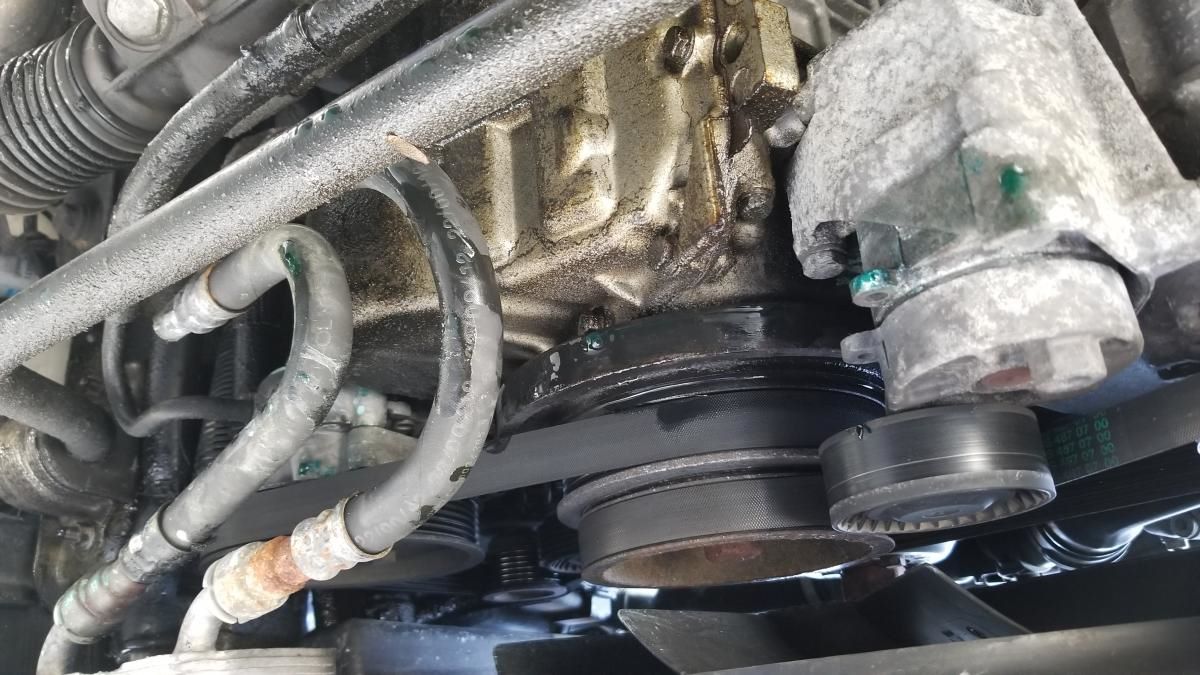
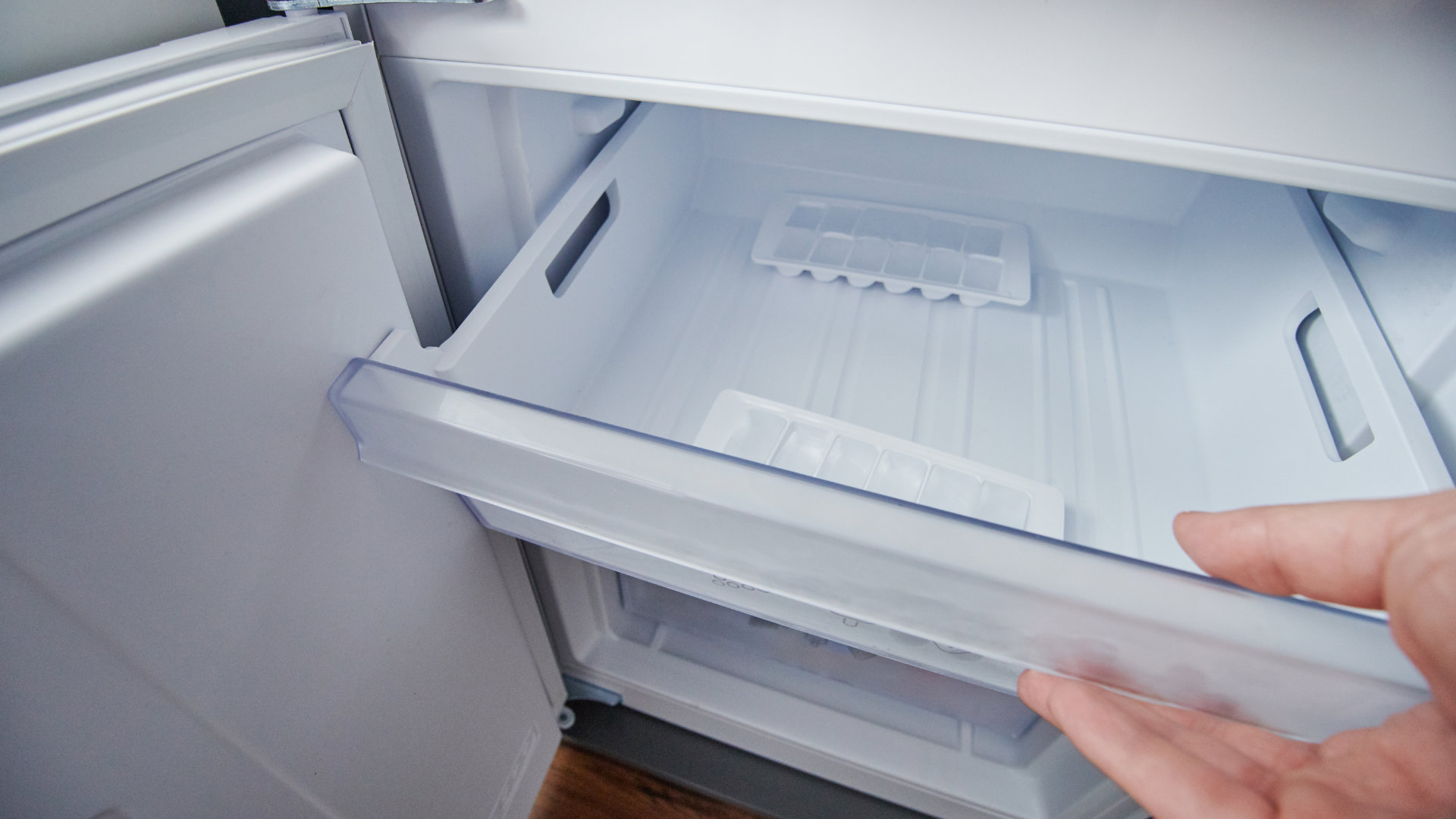
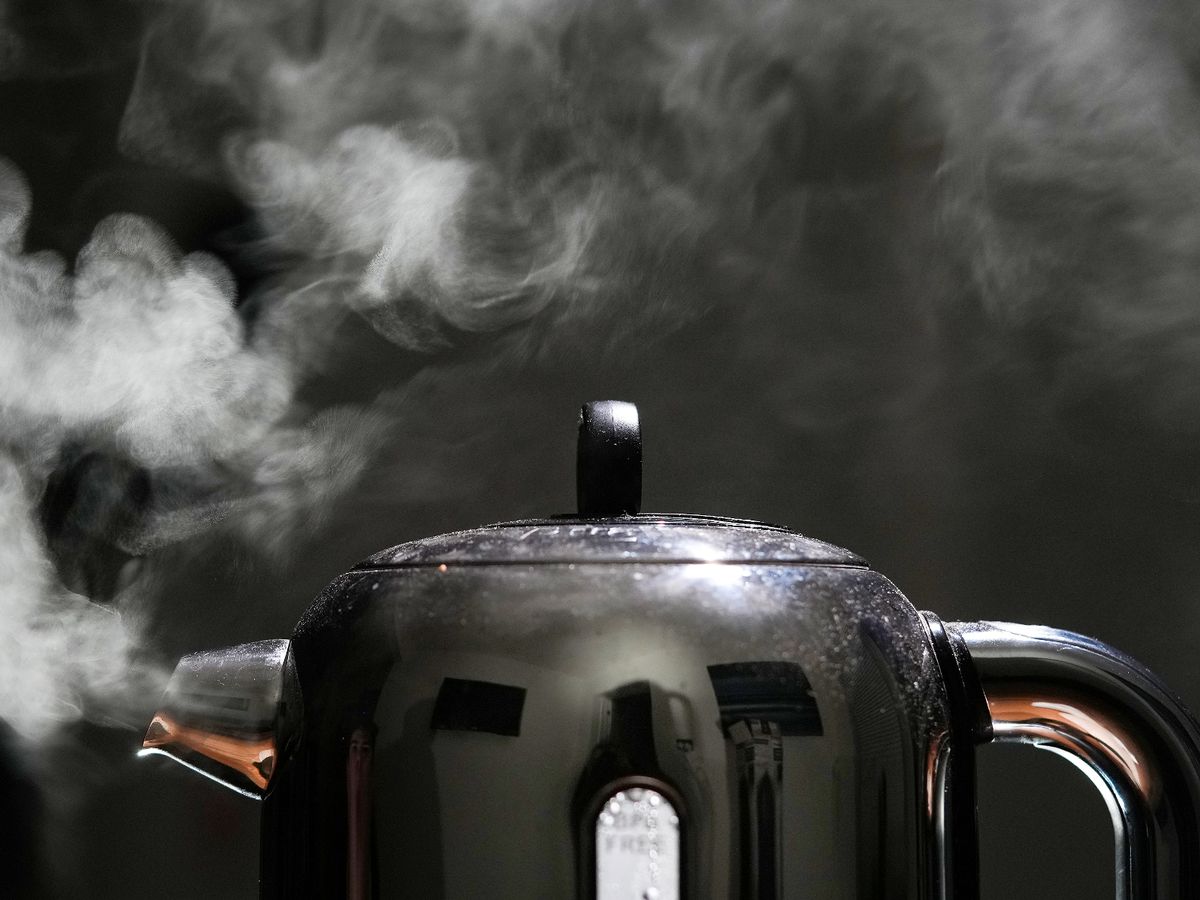
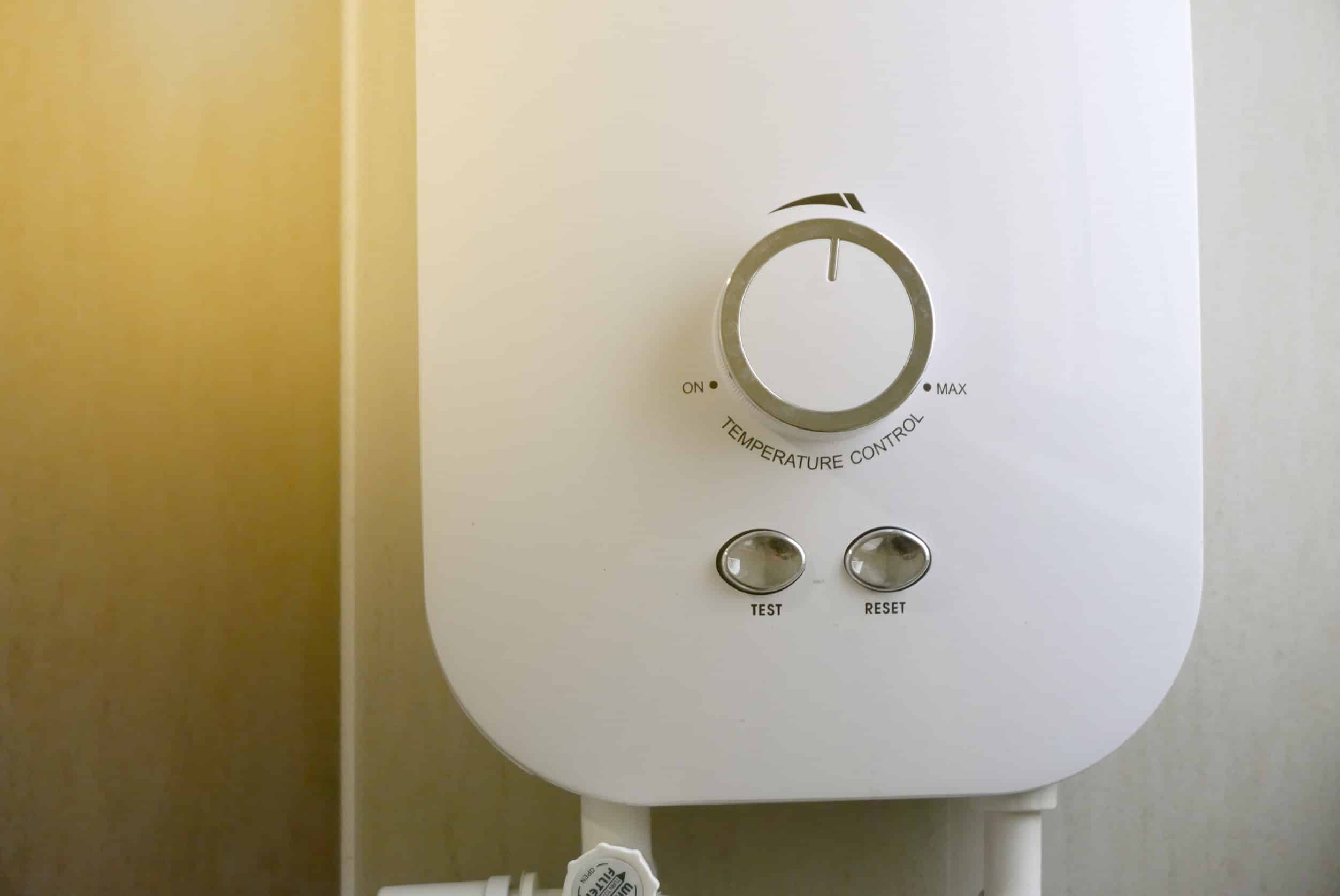
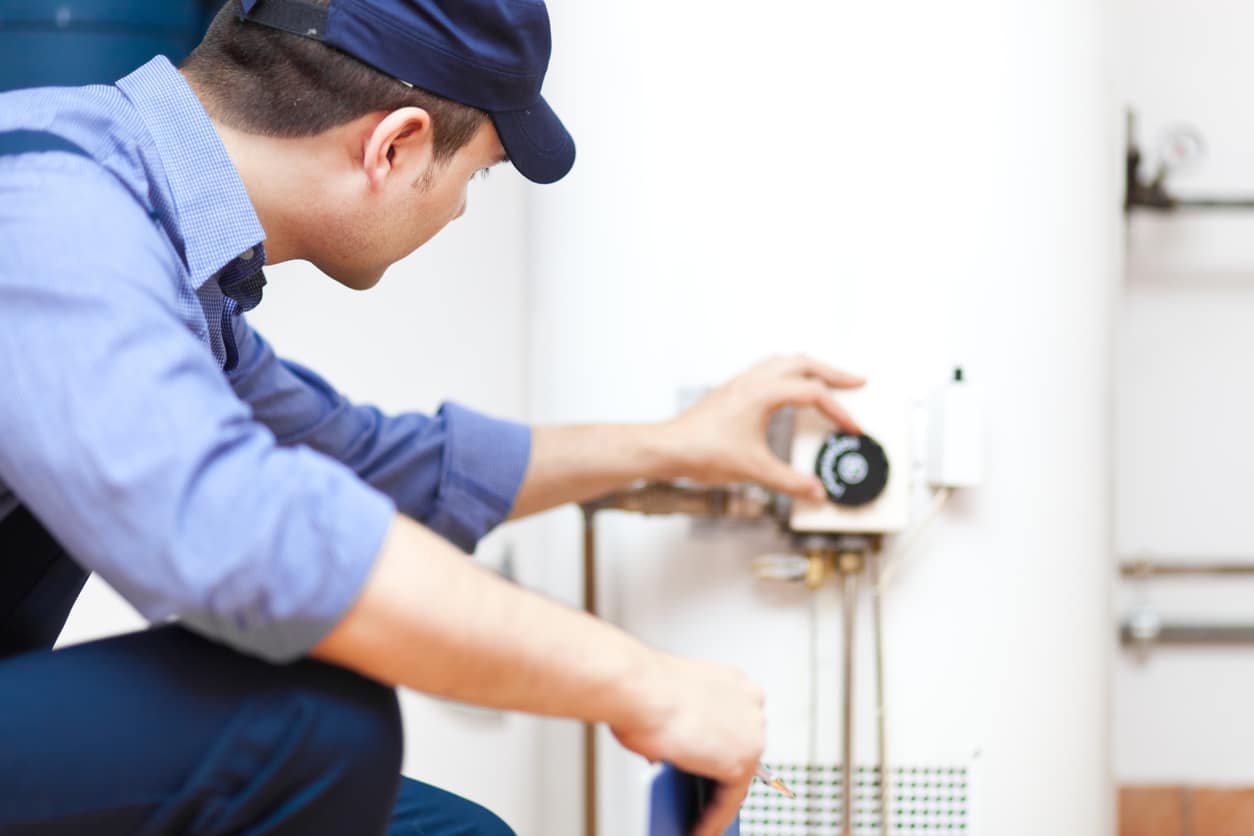
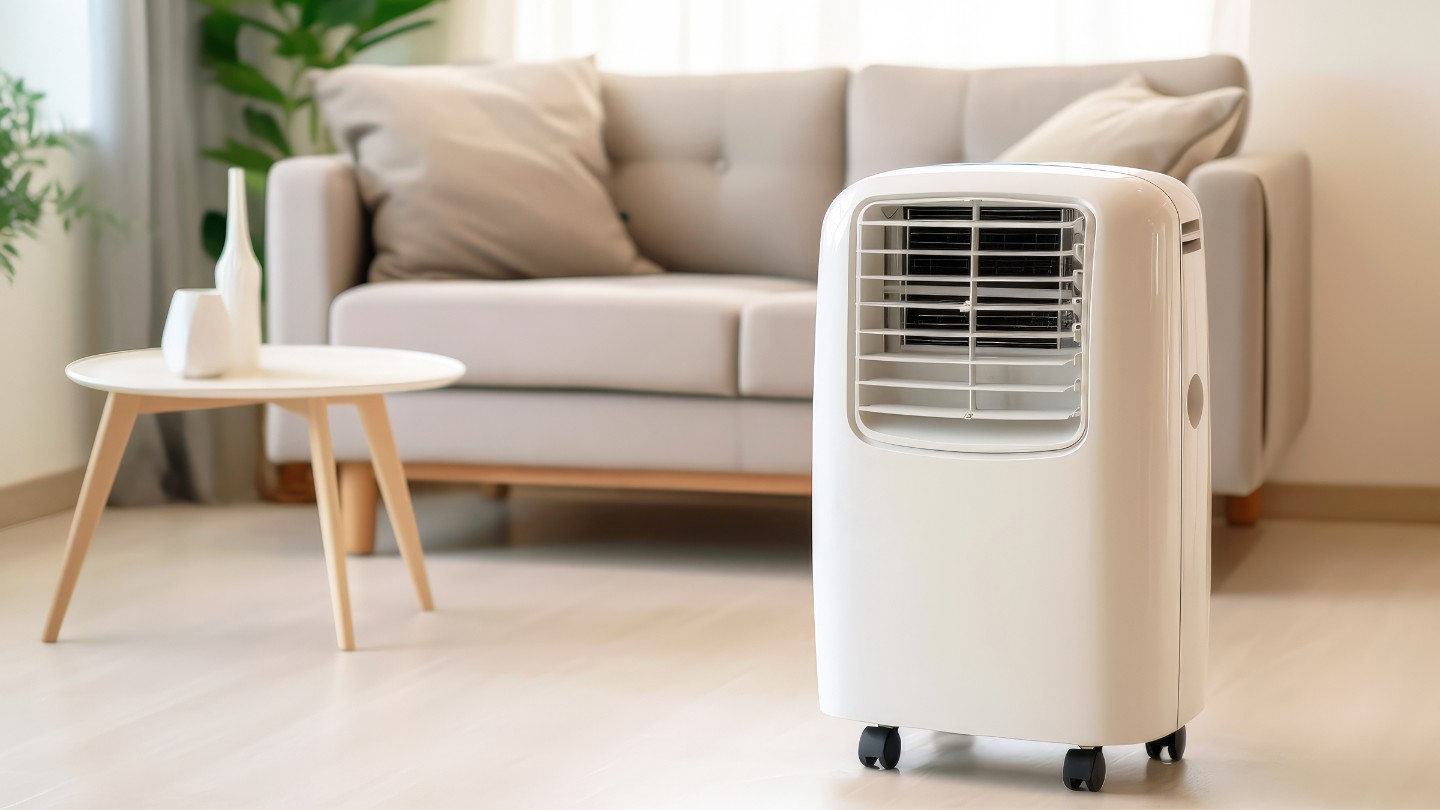
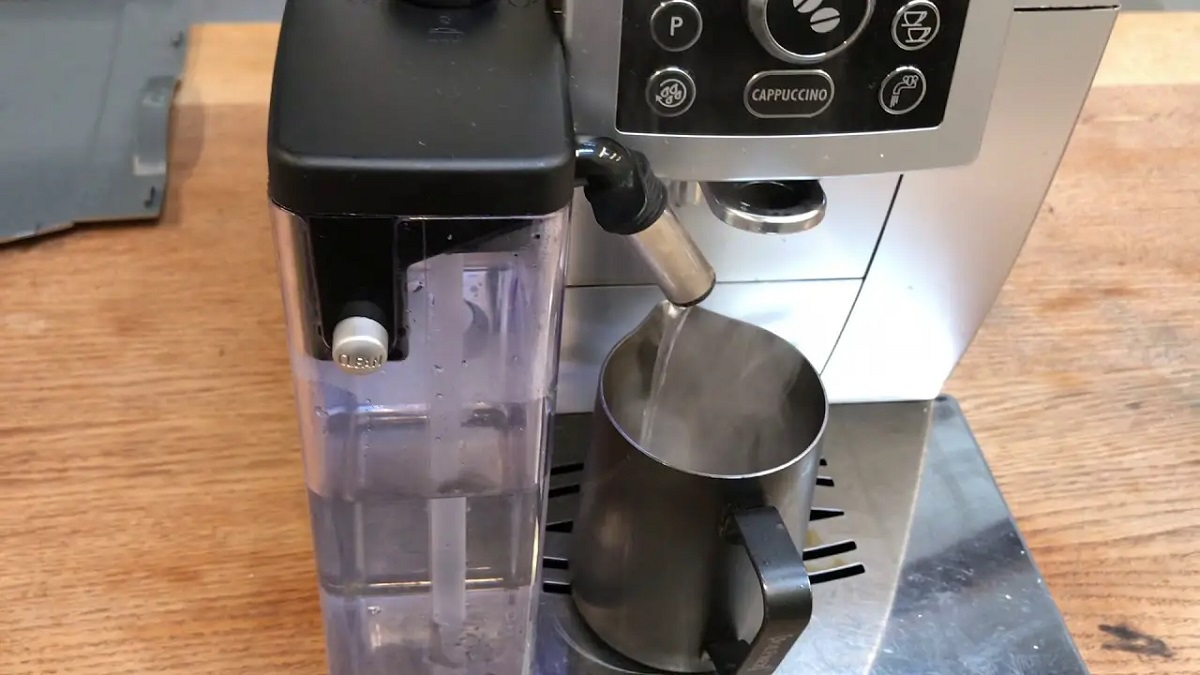
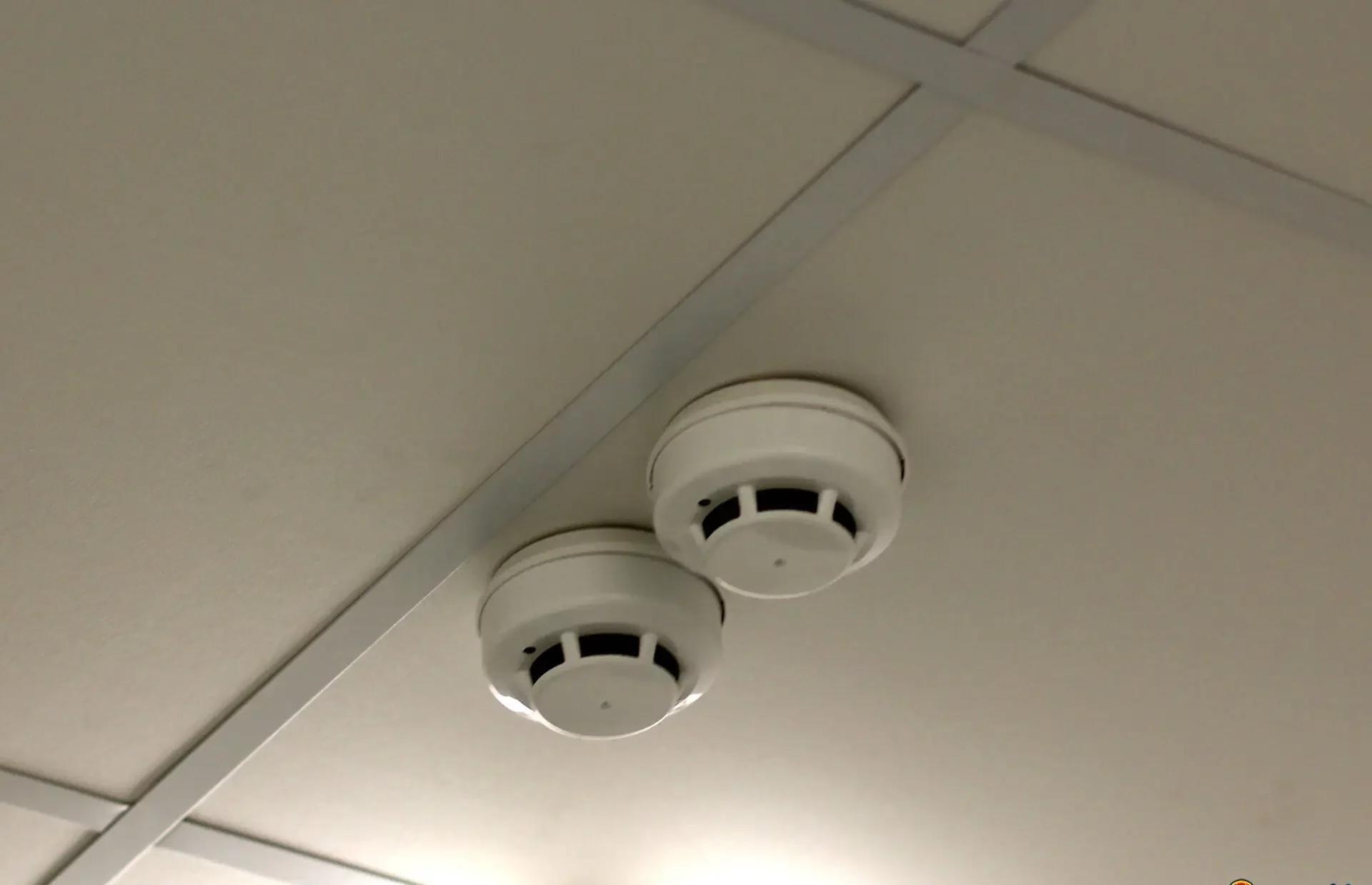
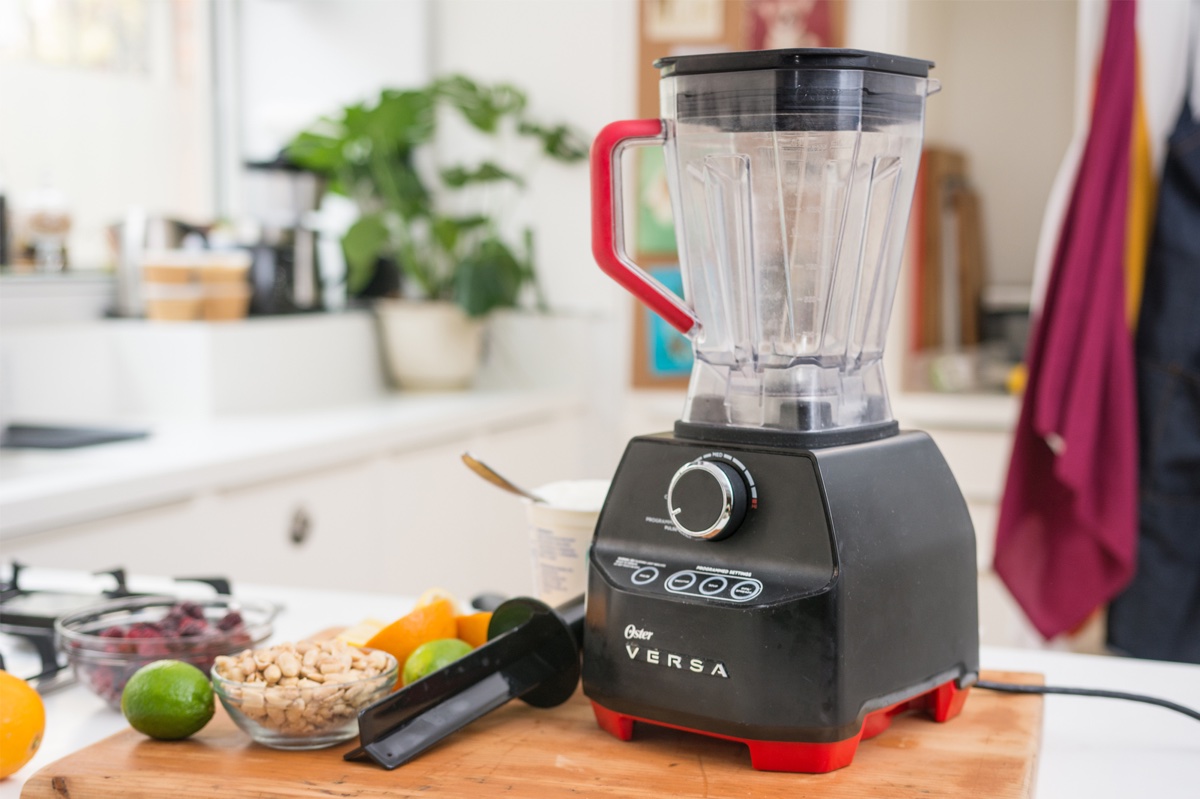
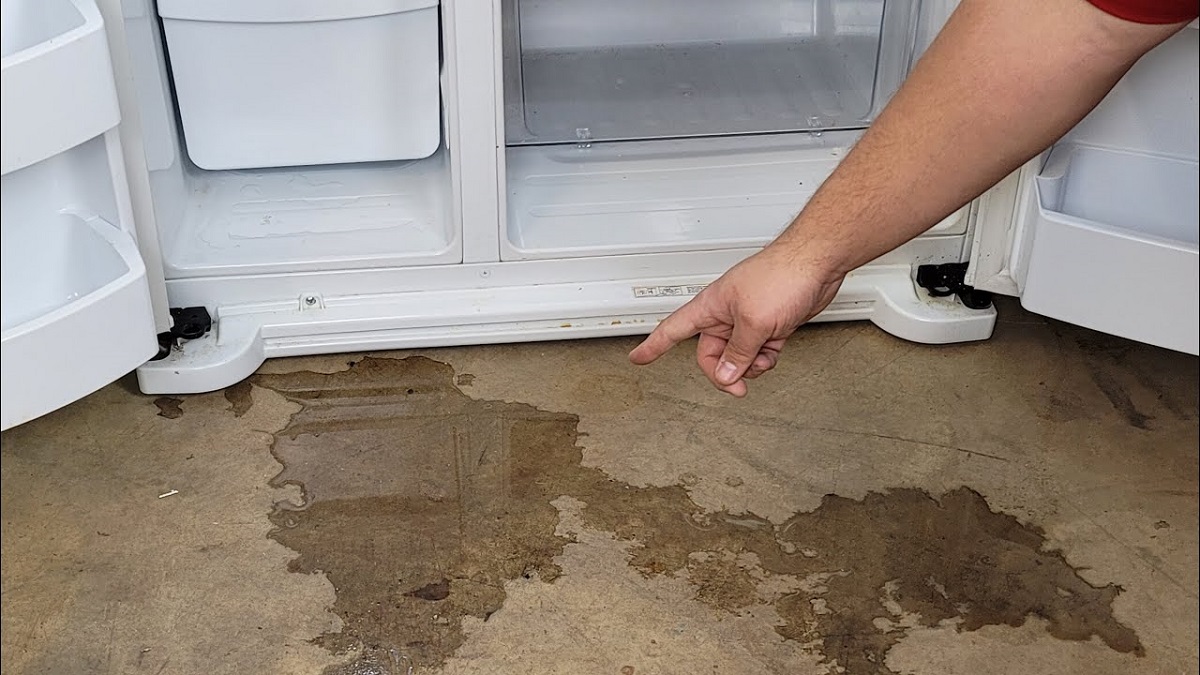
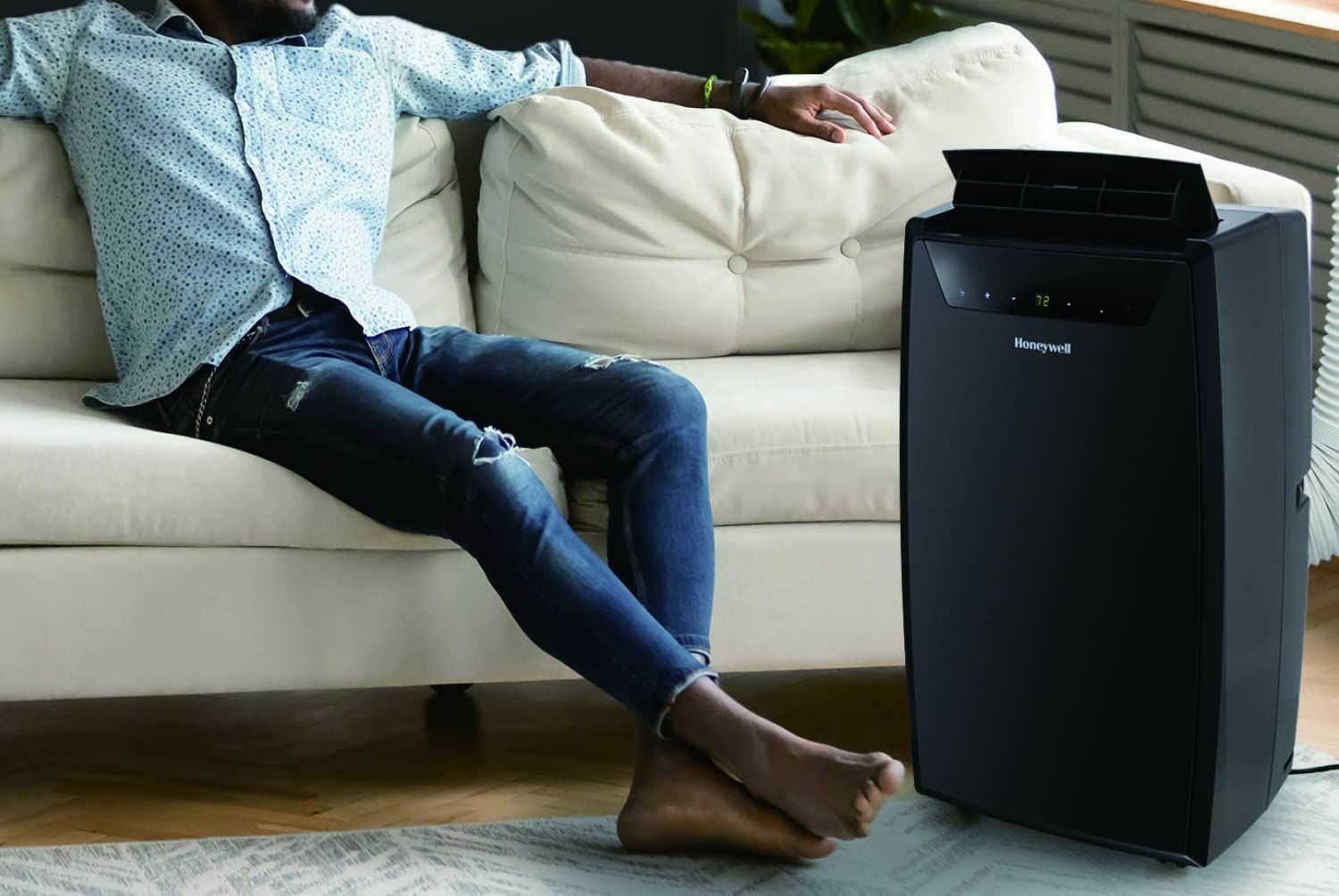
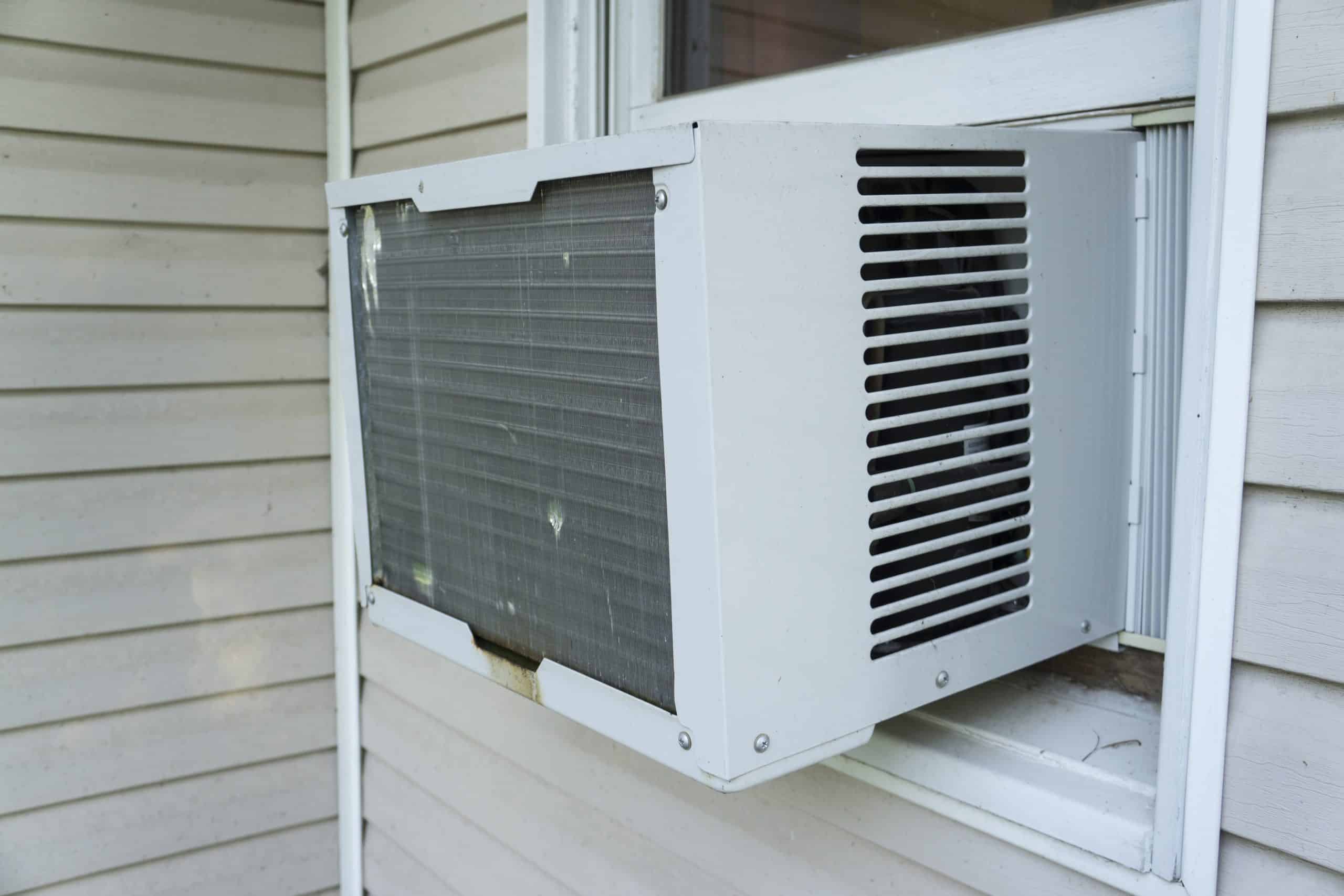
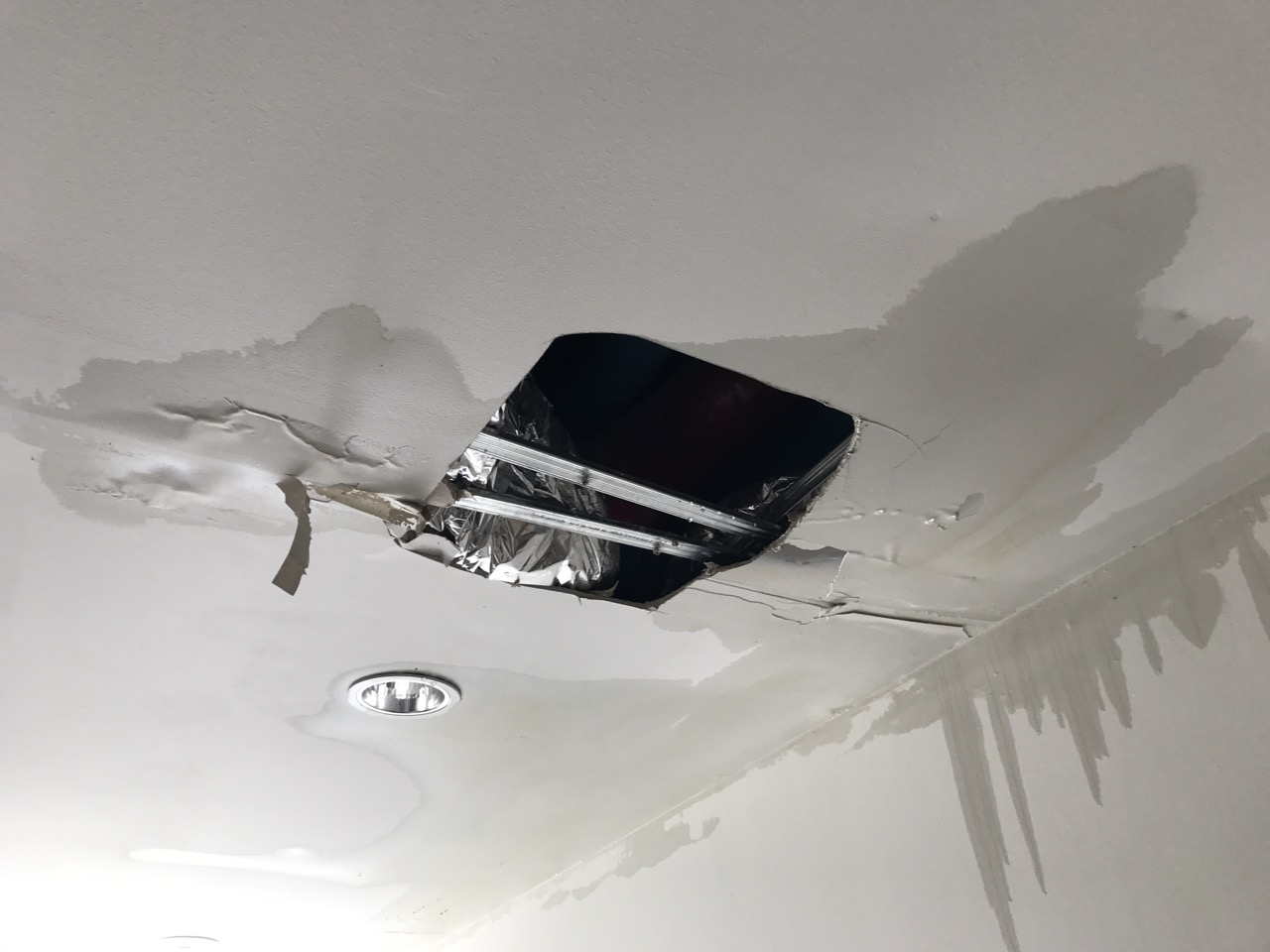
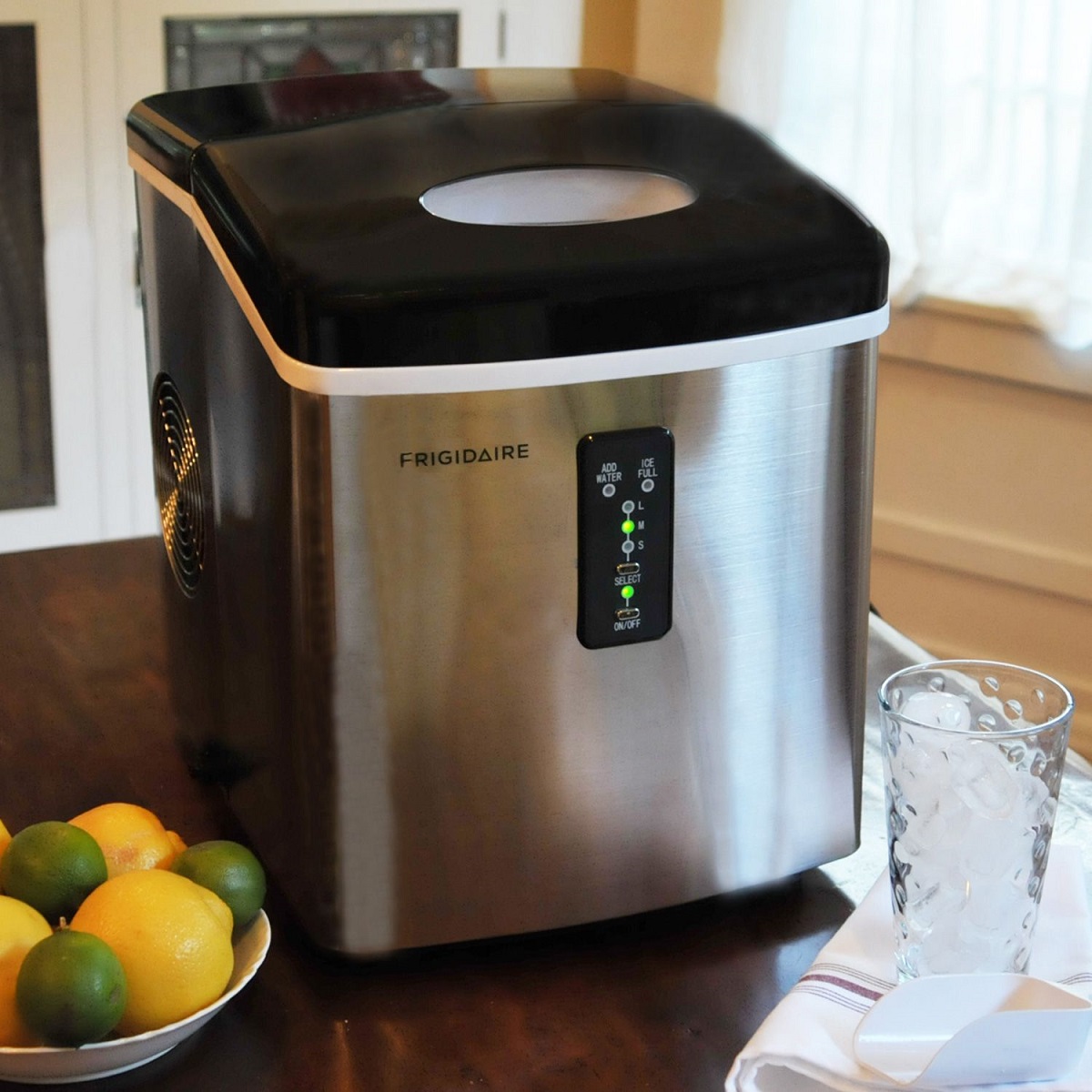

0 thoughts on “Why Is My Water Heater Leaking From The Top”